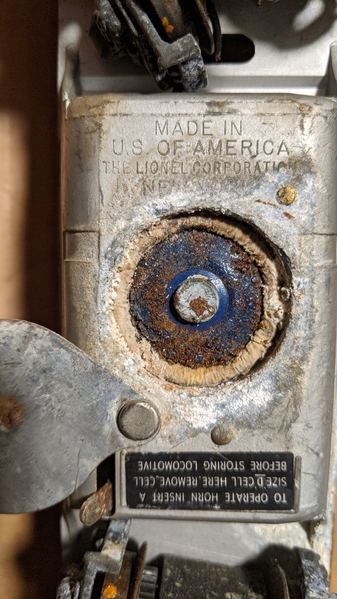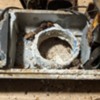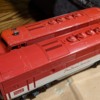Does anyone have drawings for a circuit to replace the battery in a Lionel postwar diesel horn? I'm dealing with a unit that suffered severe battery corrosion. I've figured out how to put in a new battery holder but I was hoping that there might be a design out there for a circuit to replace the battery. I'm not a EE but I'm assuming that such a circuit would have a rectifier and a voltage limiter.
Glenn


















